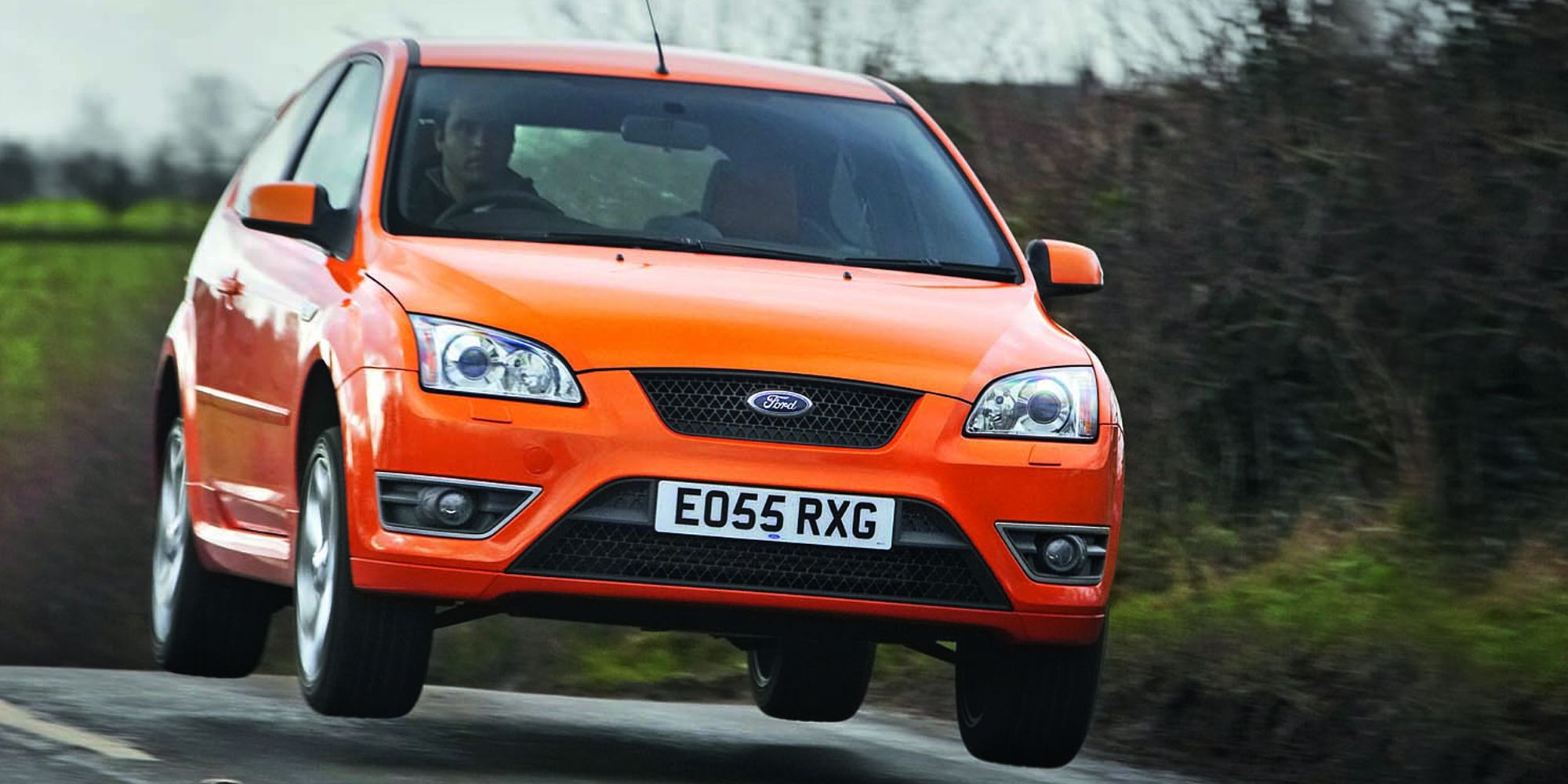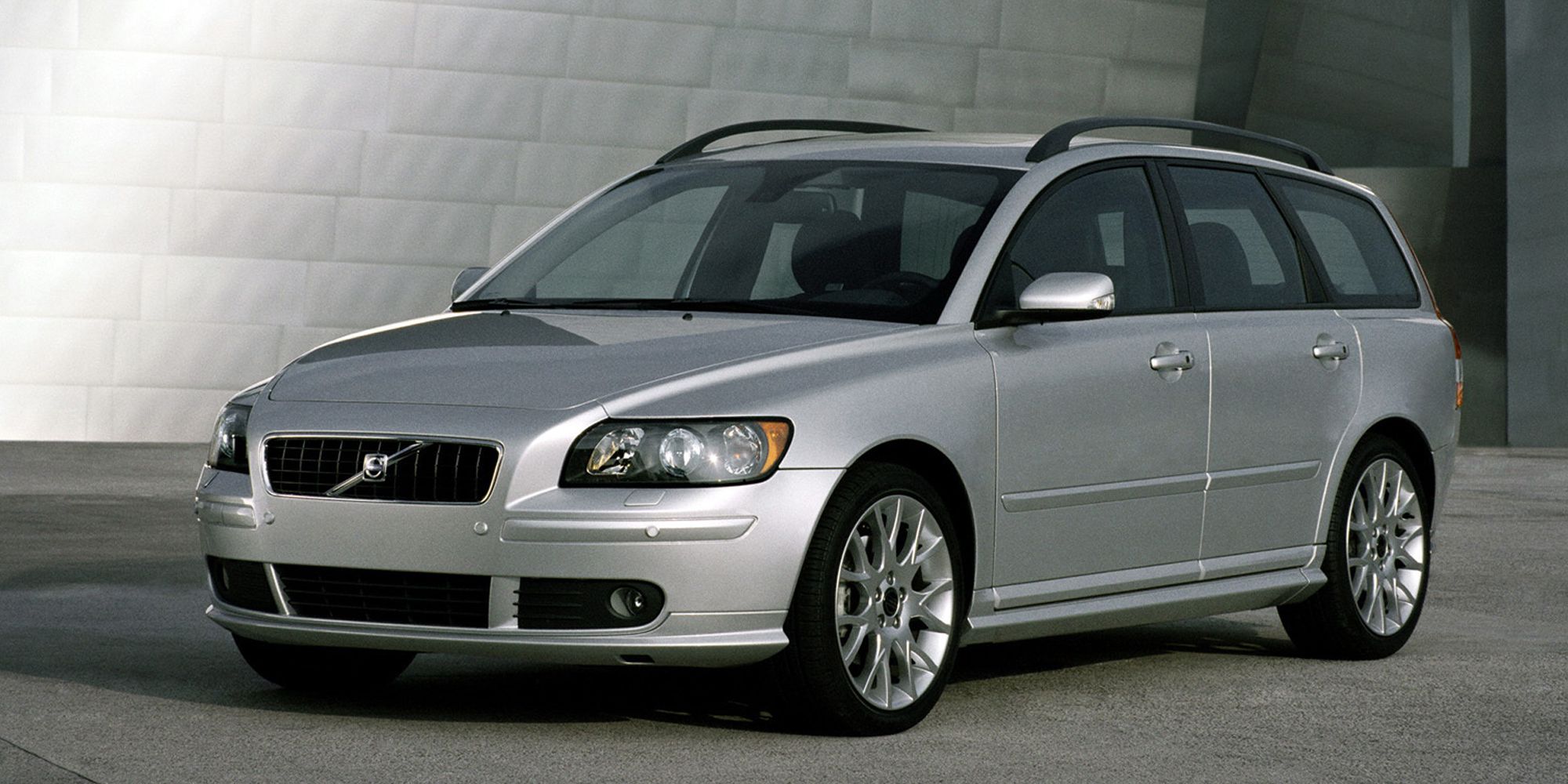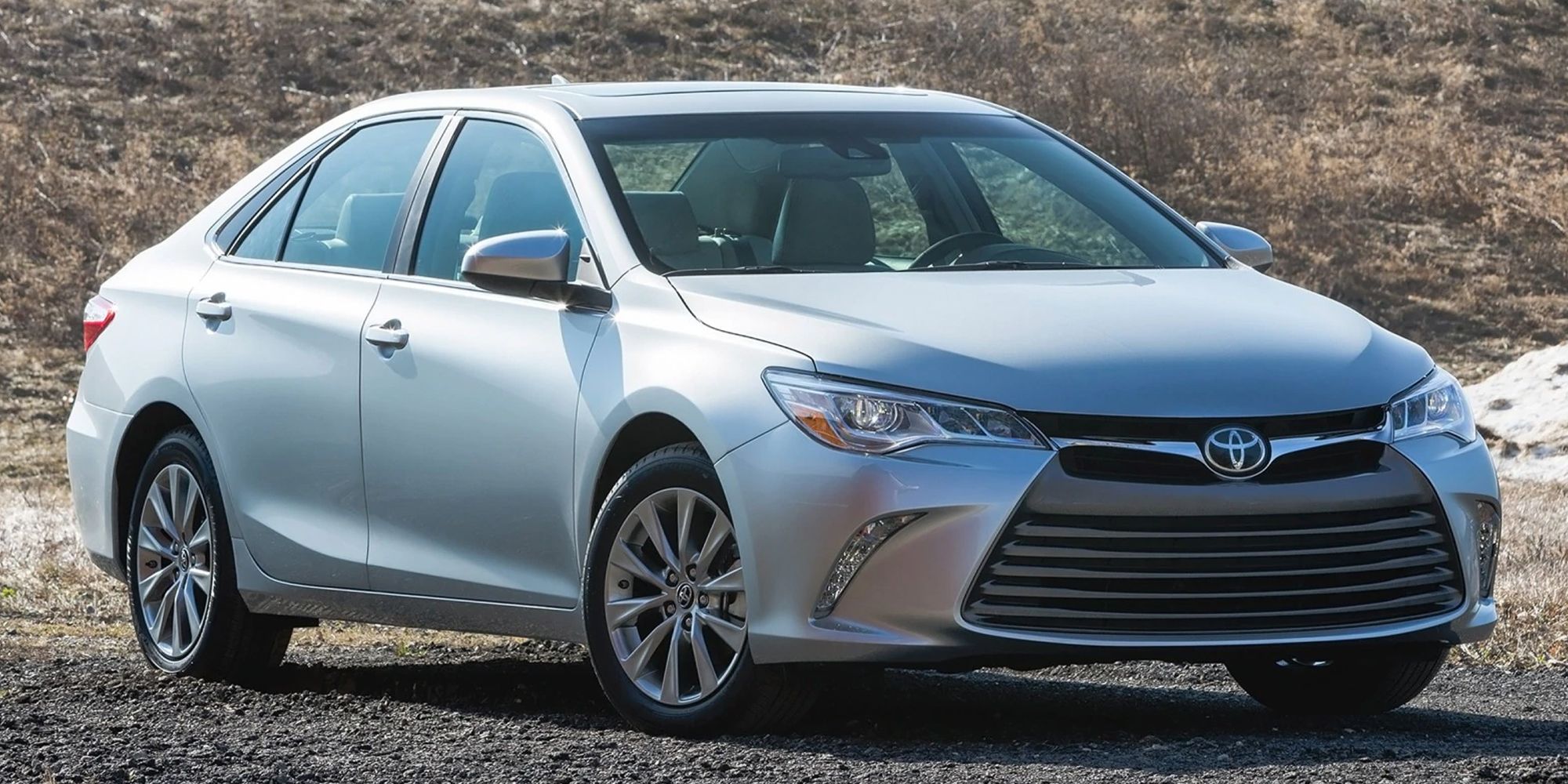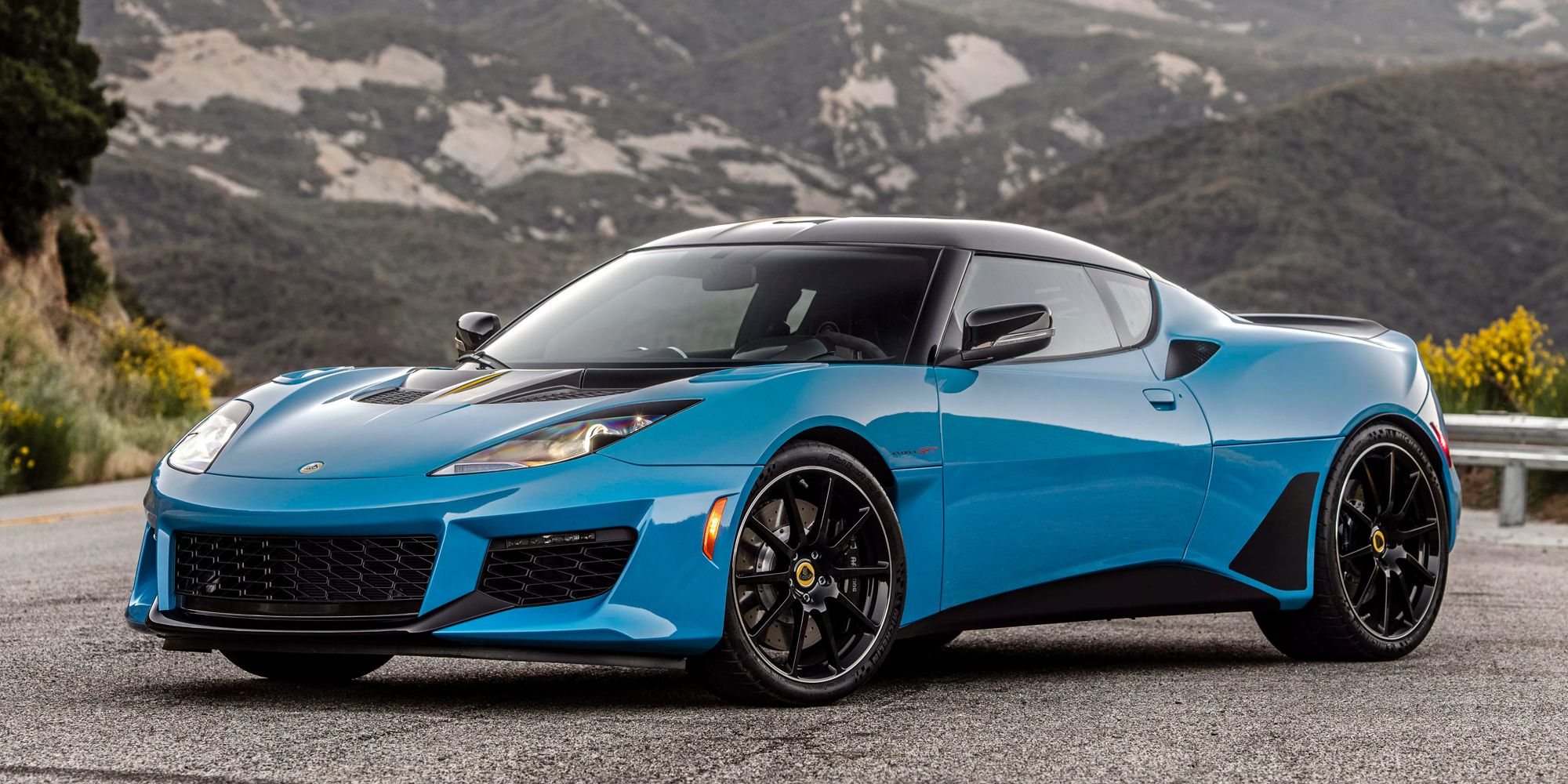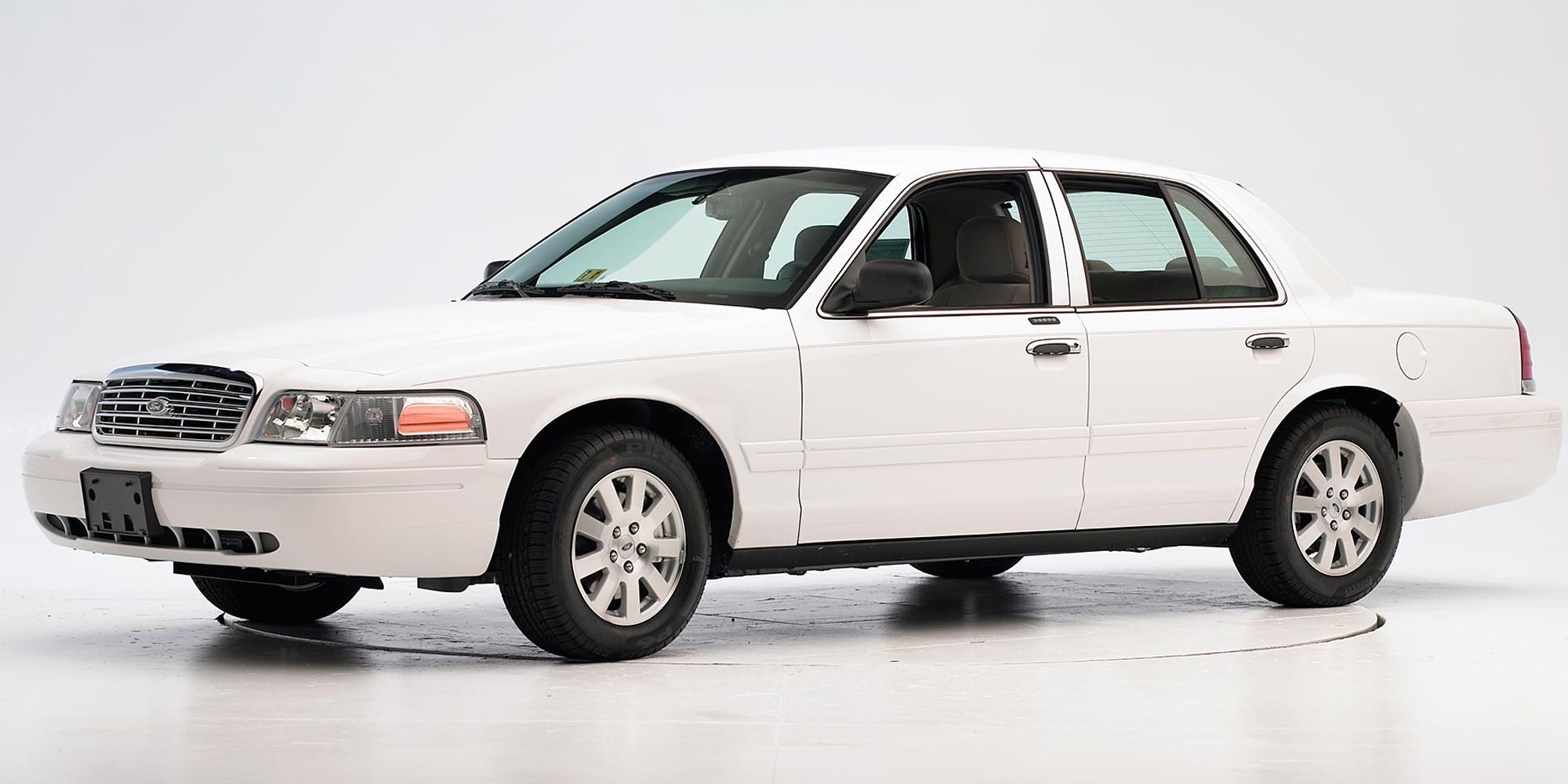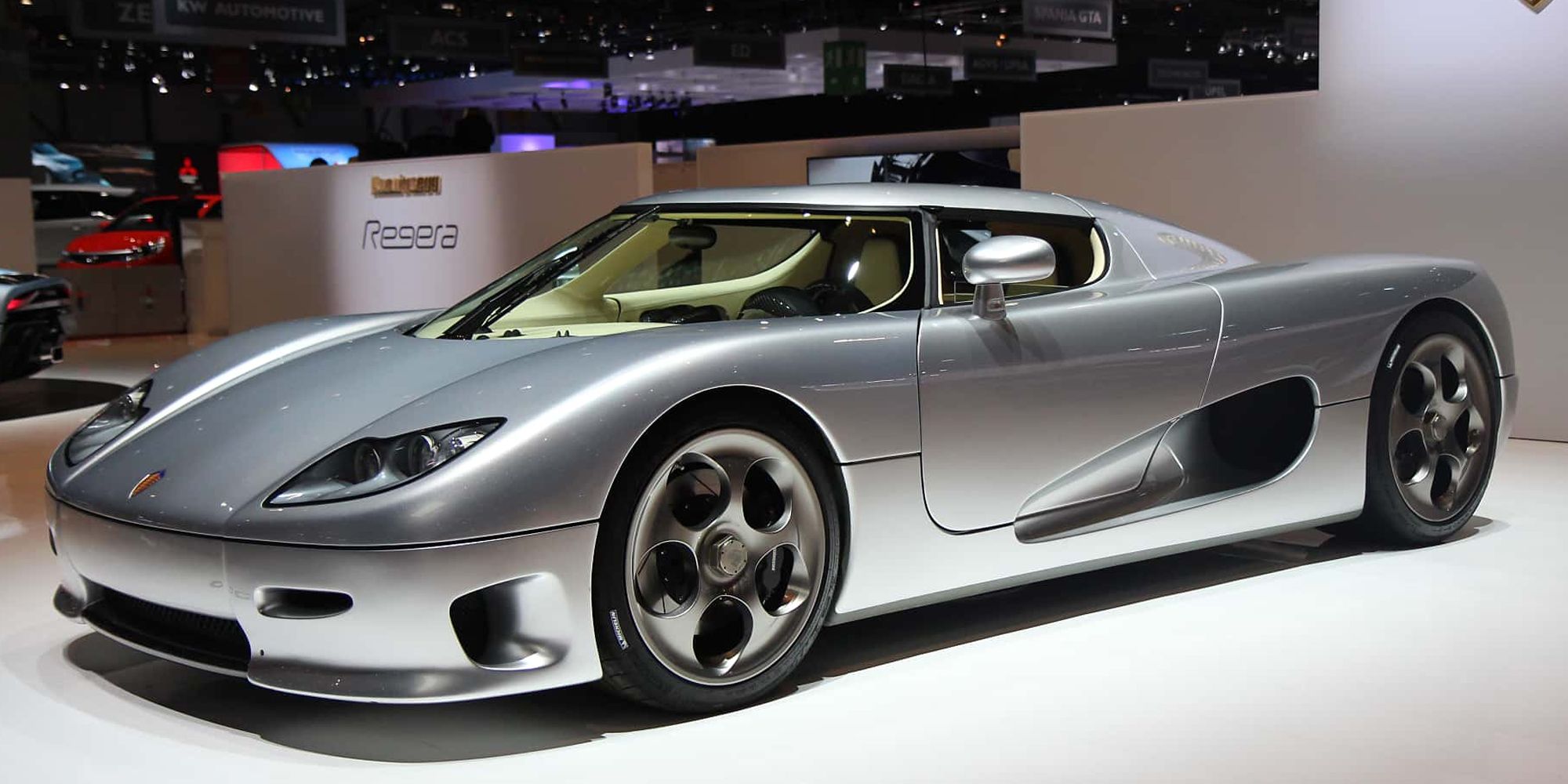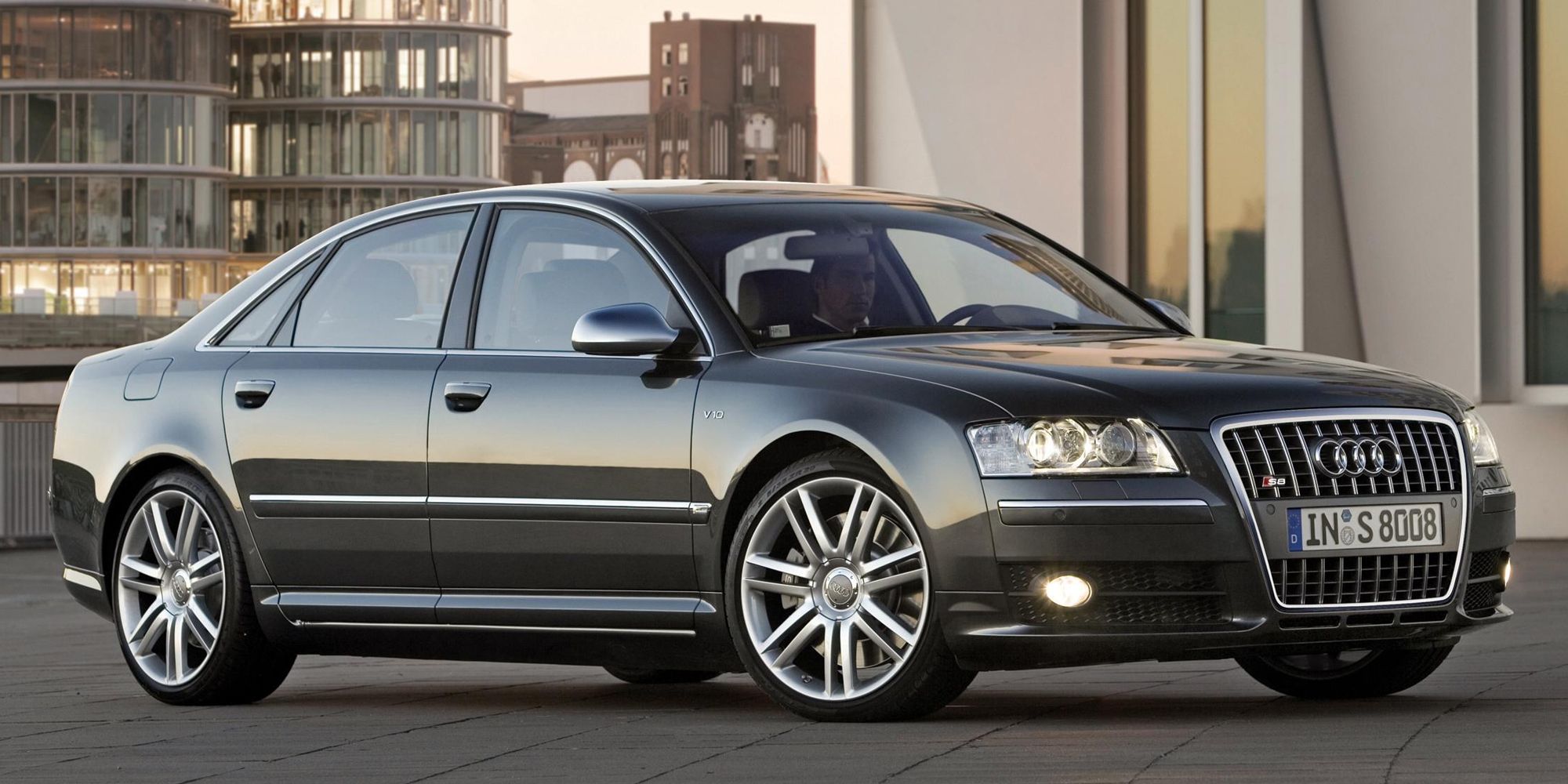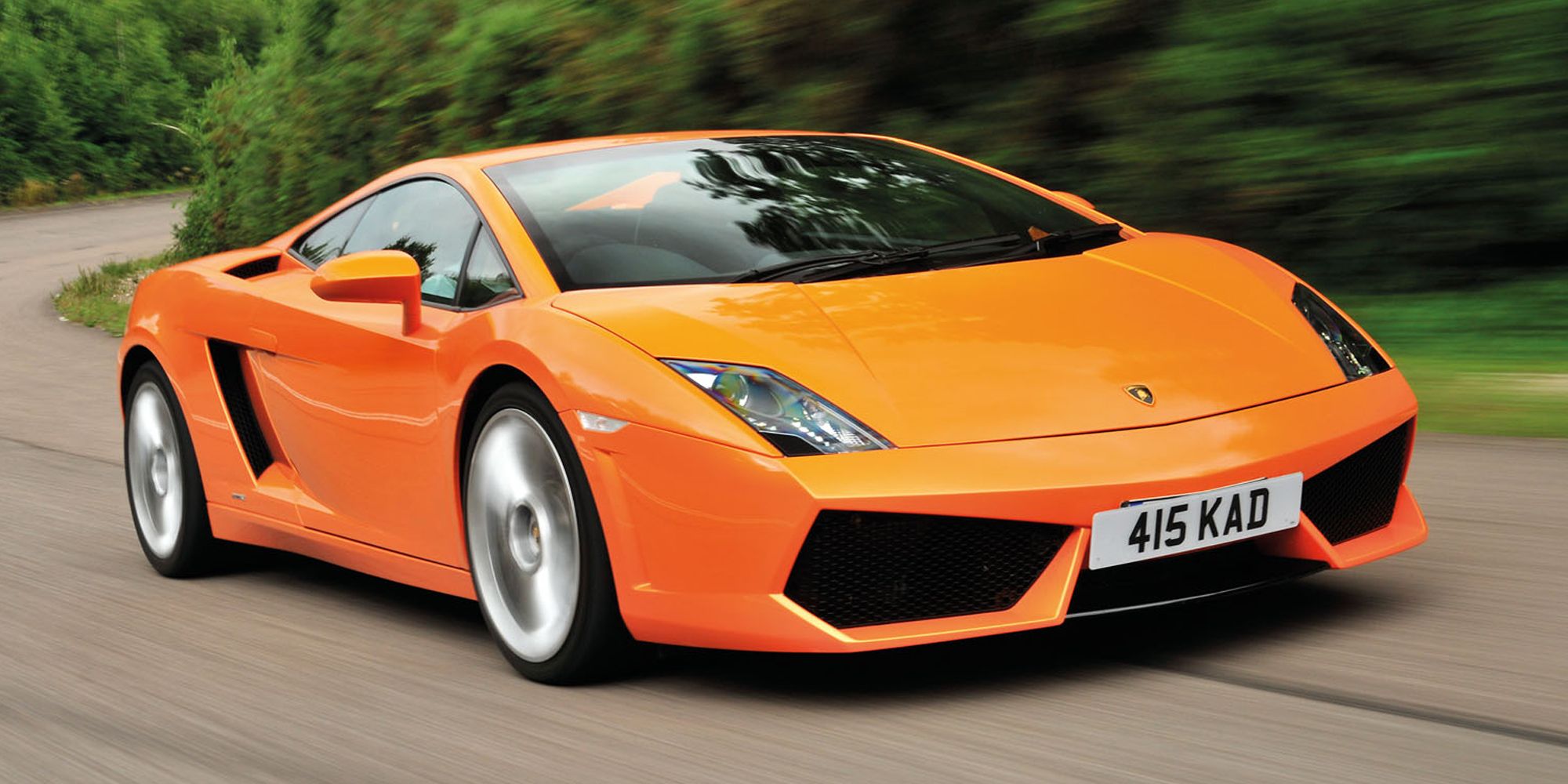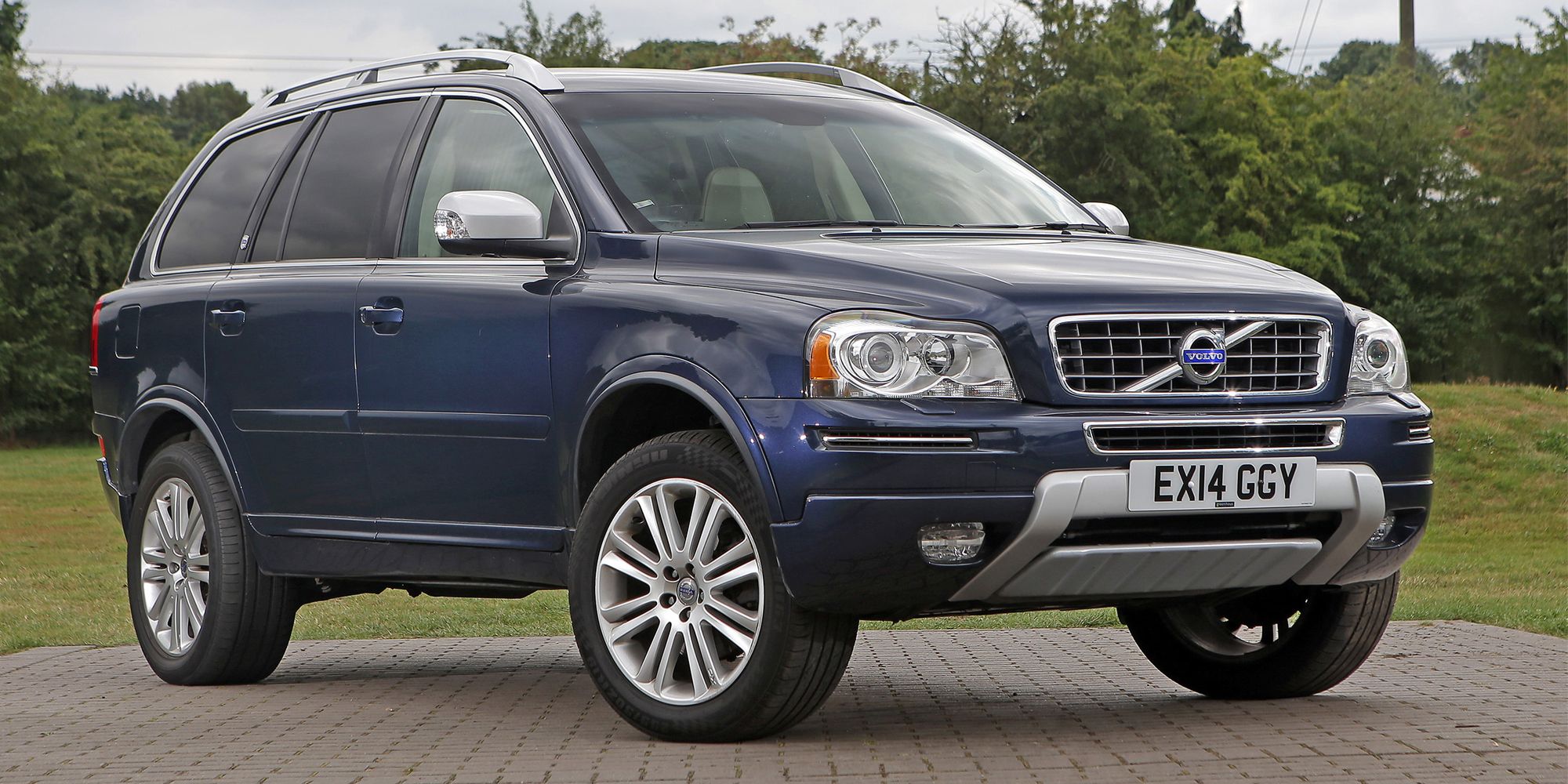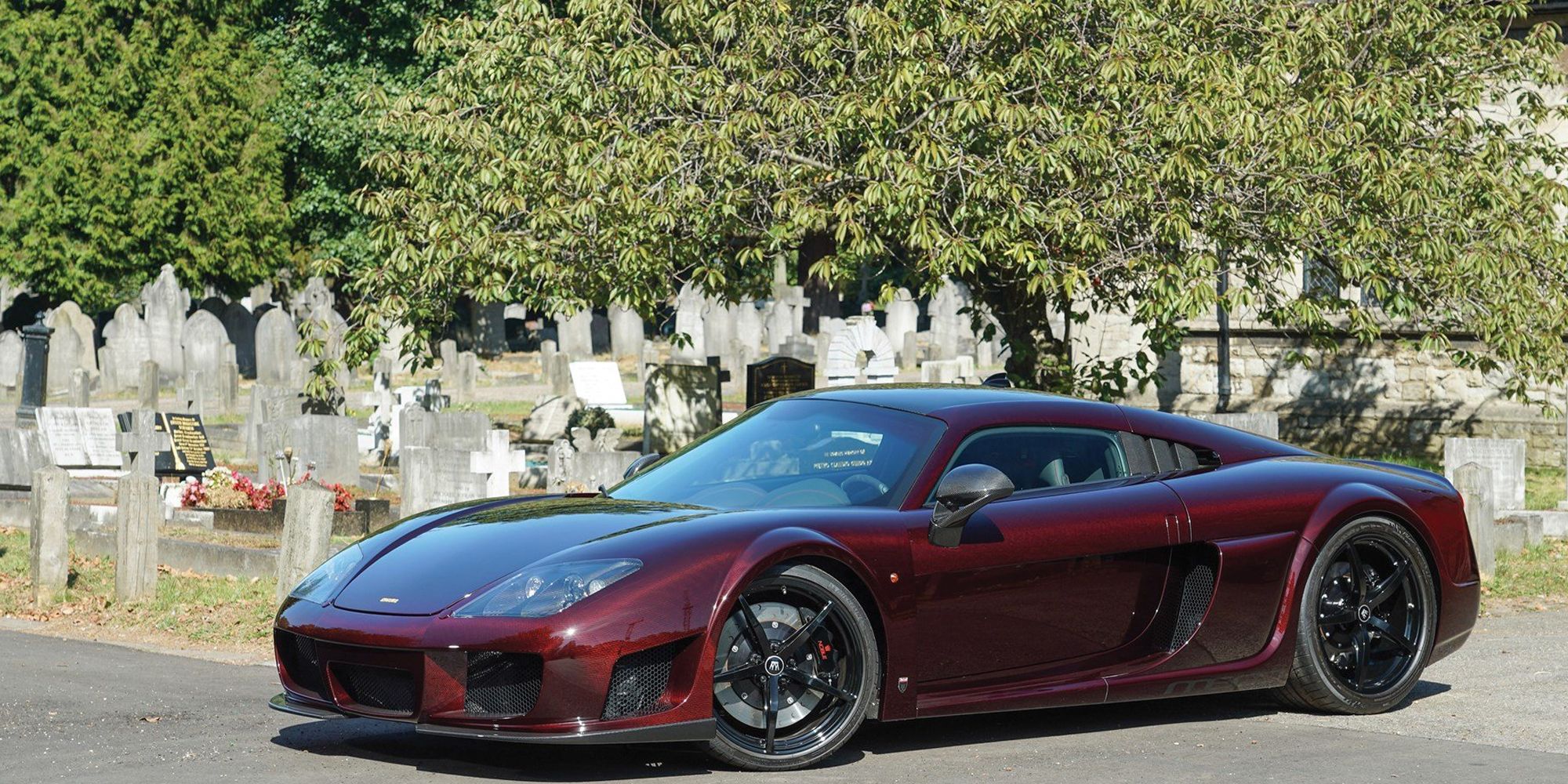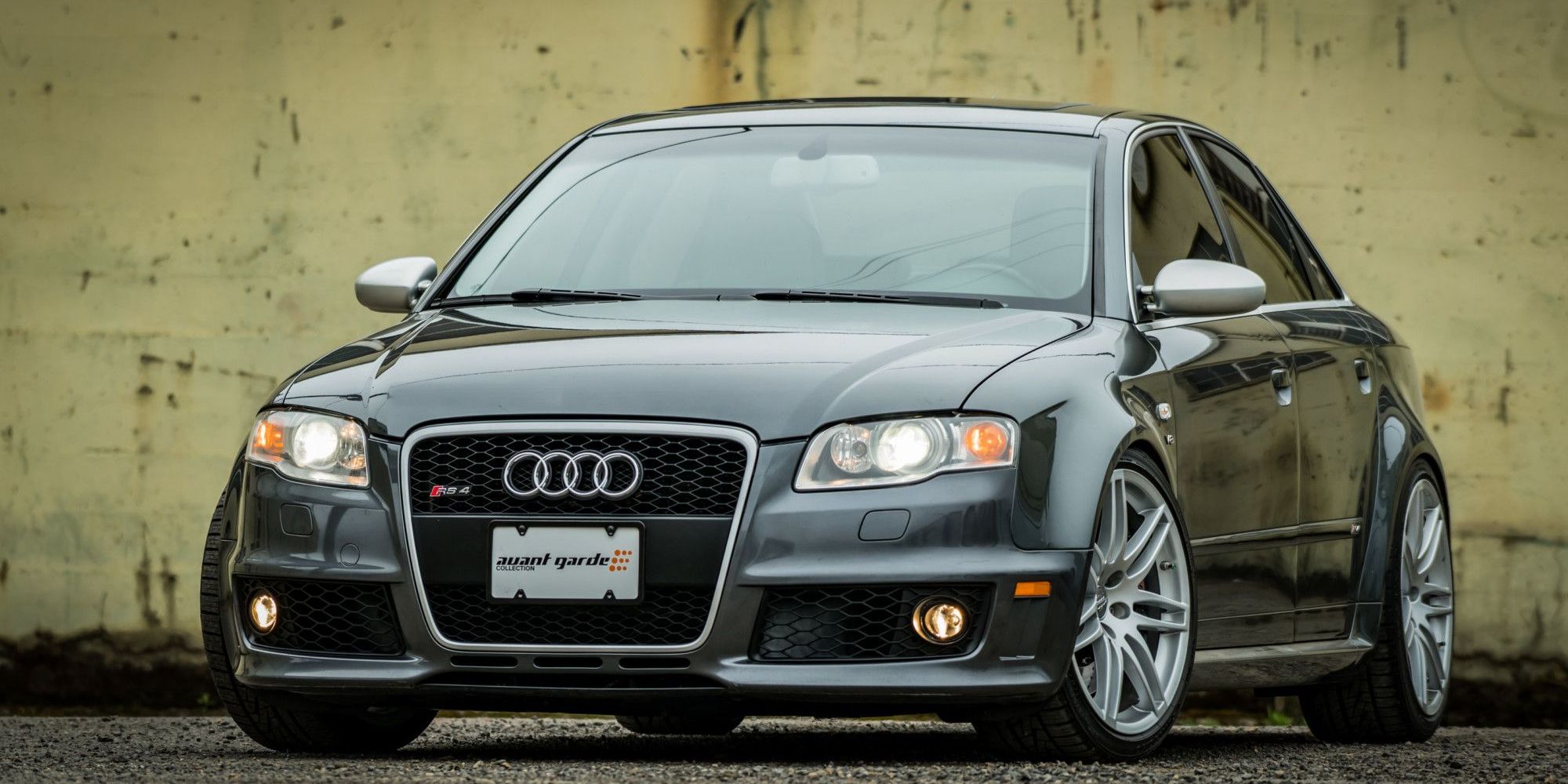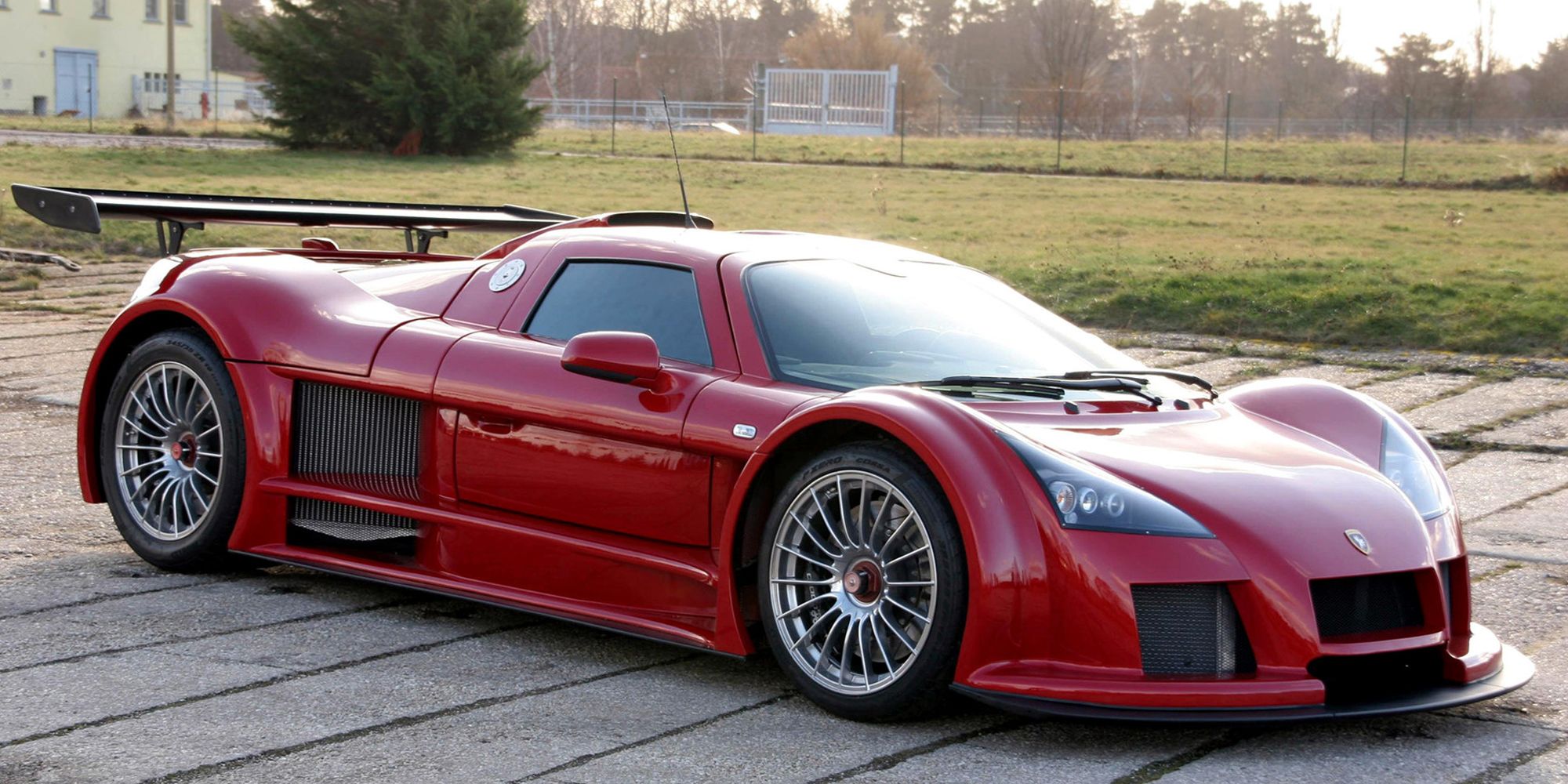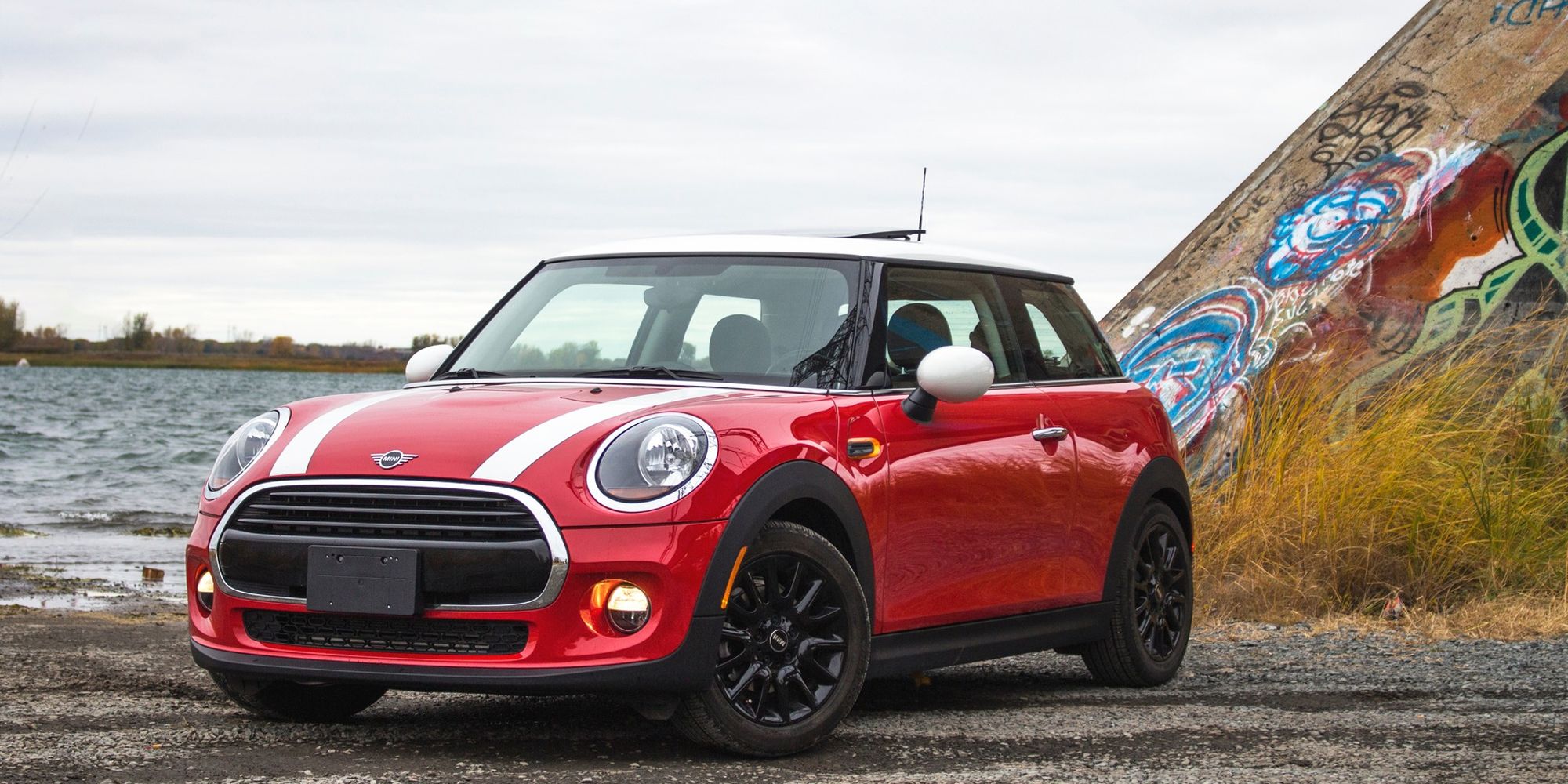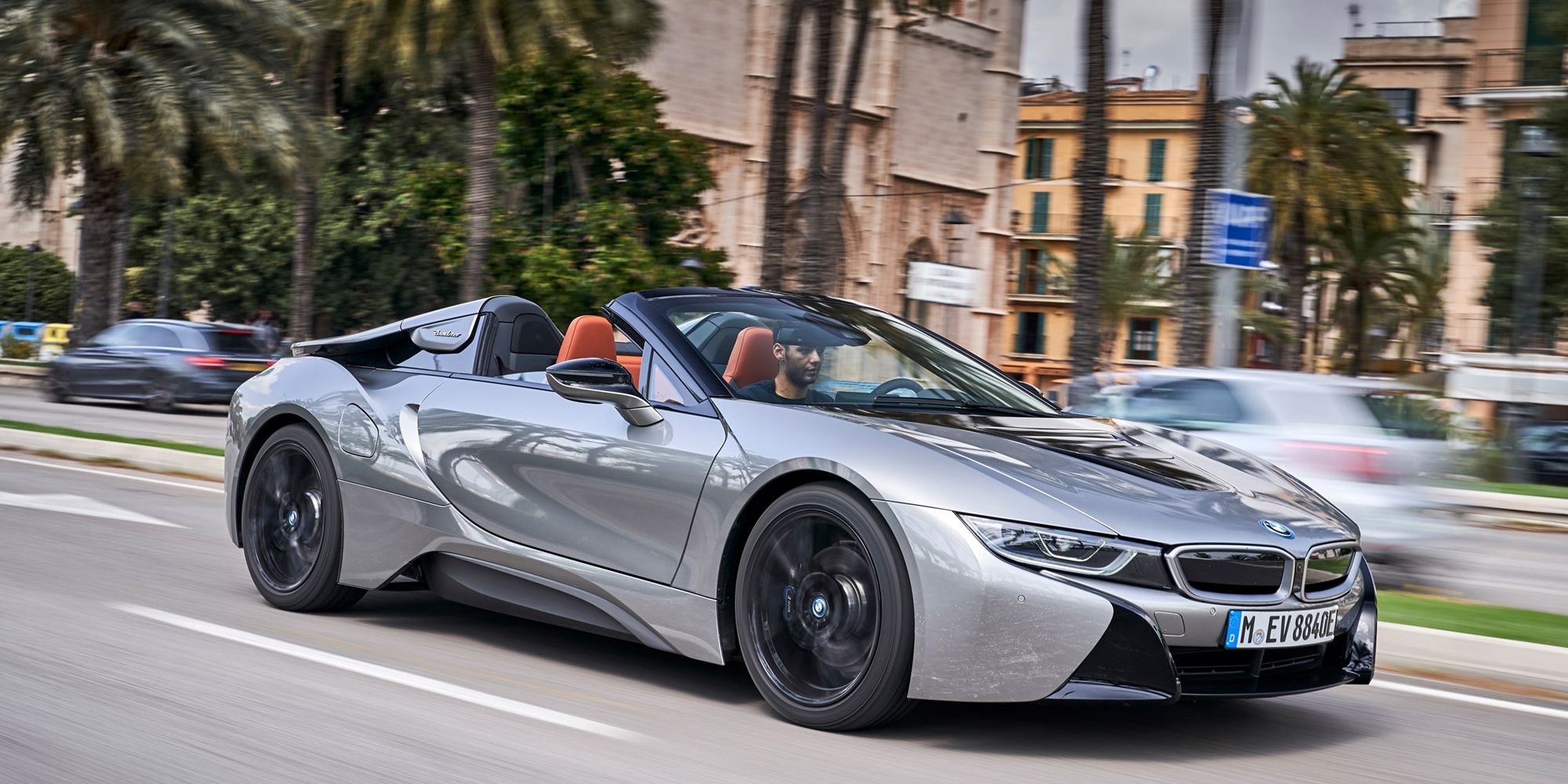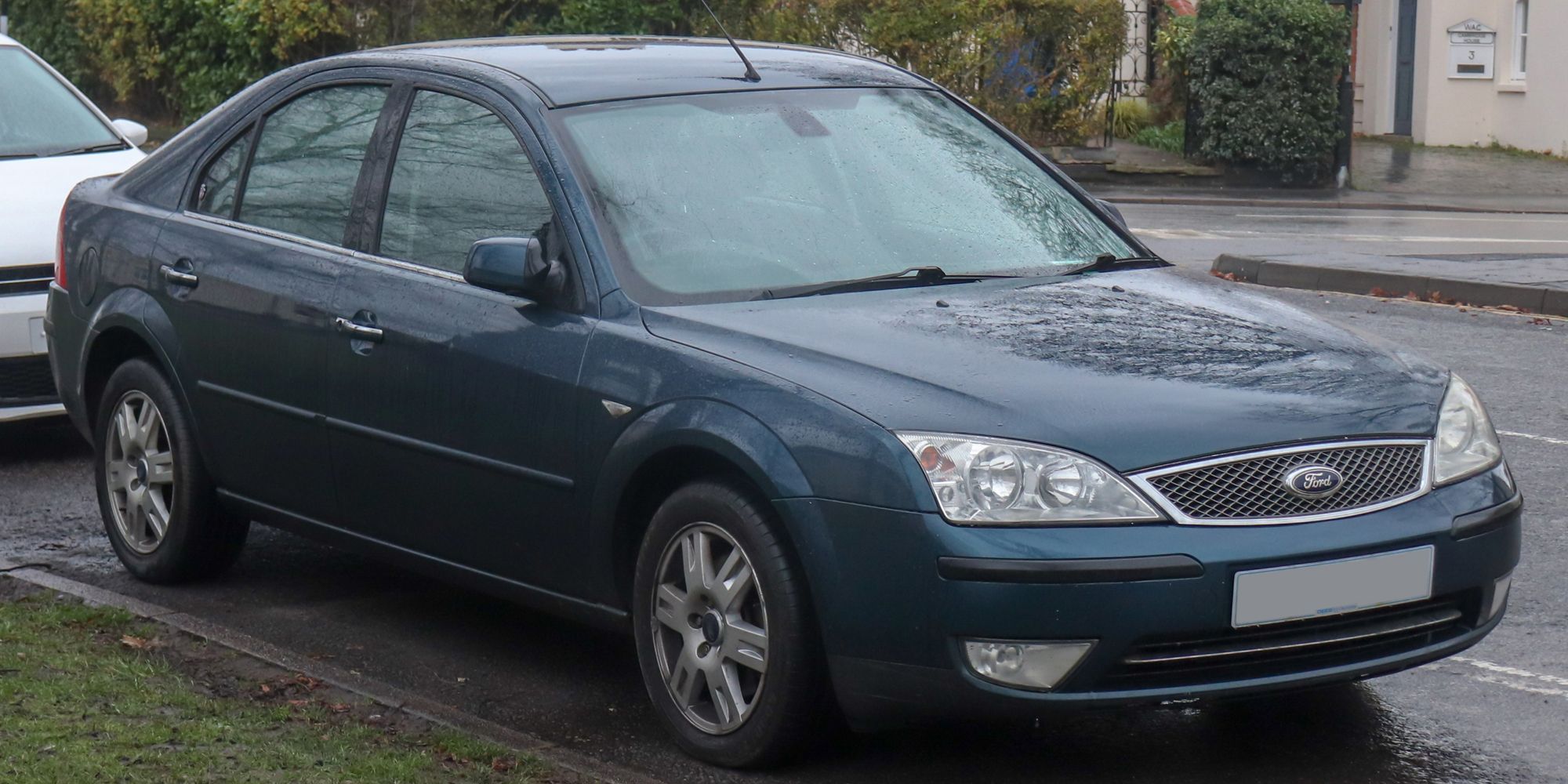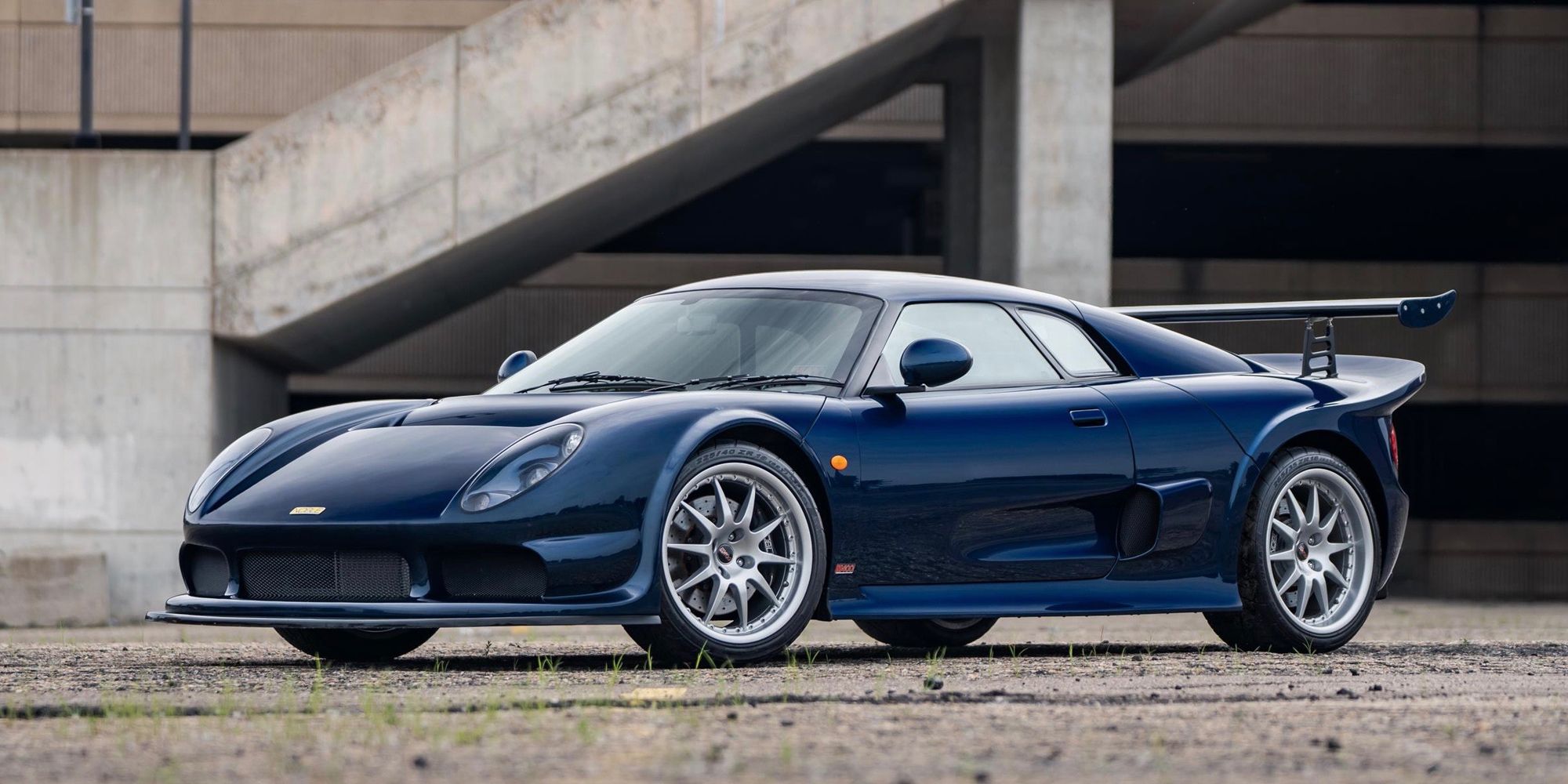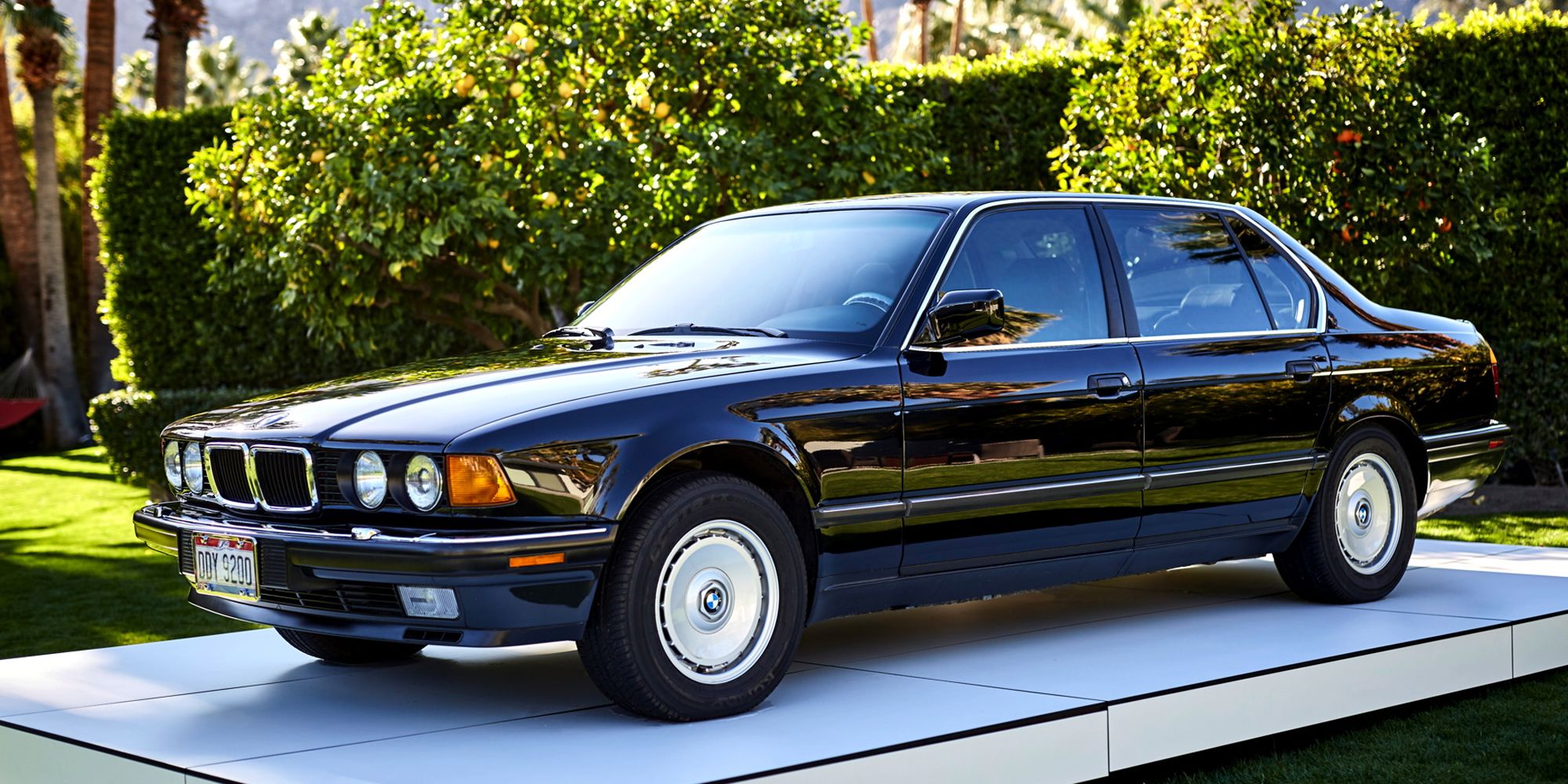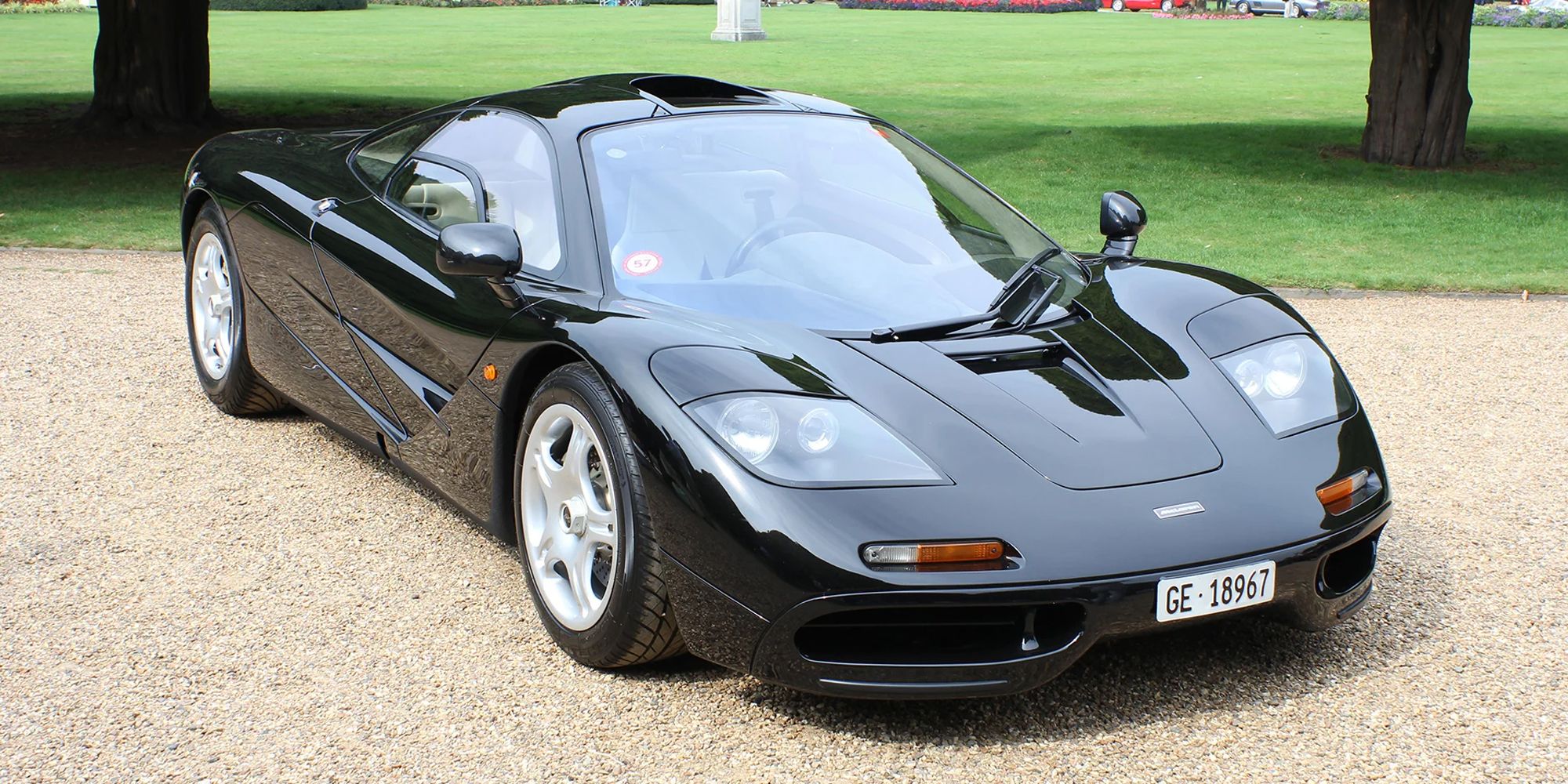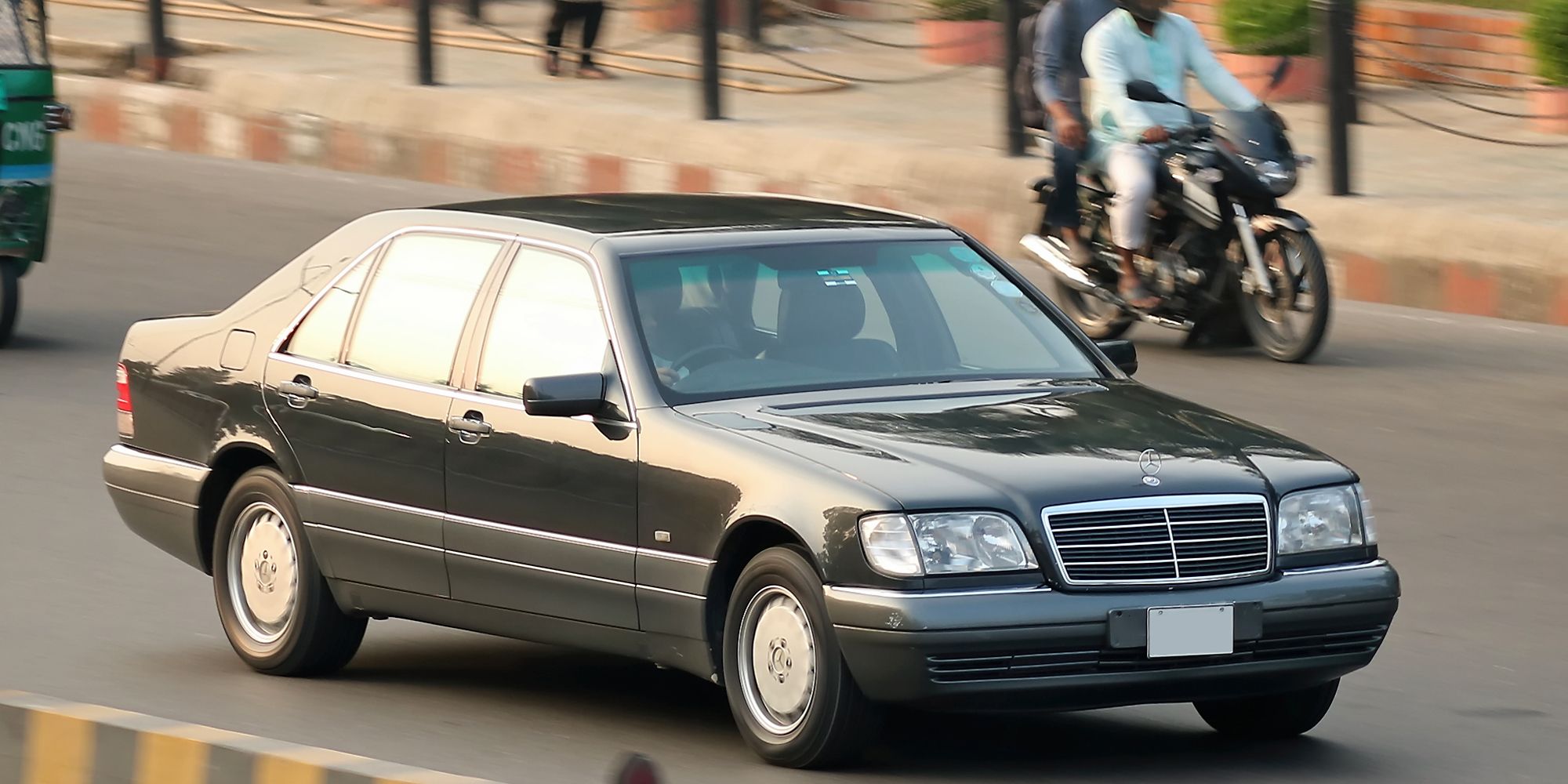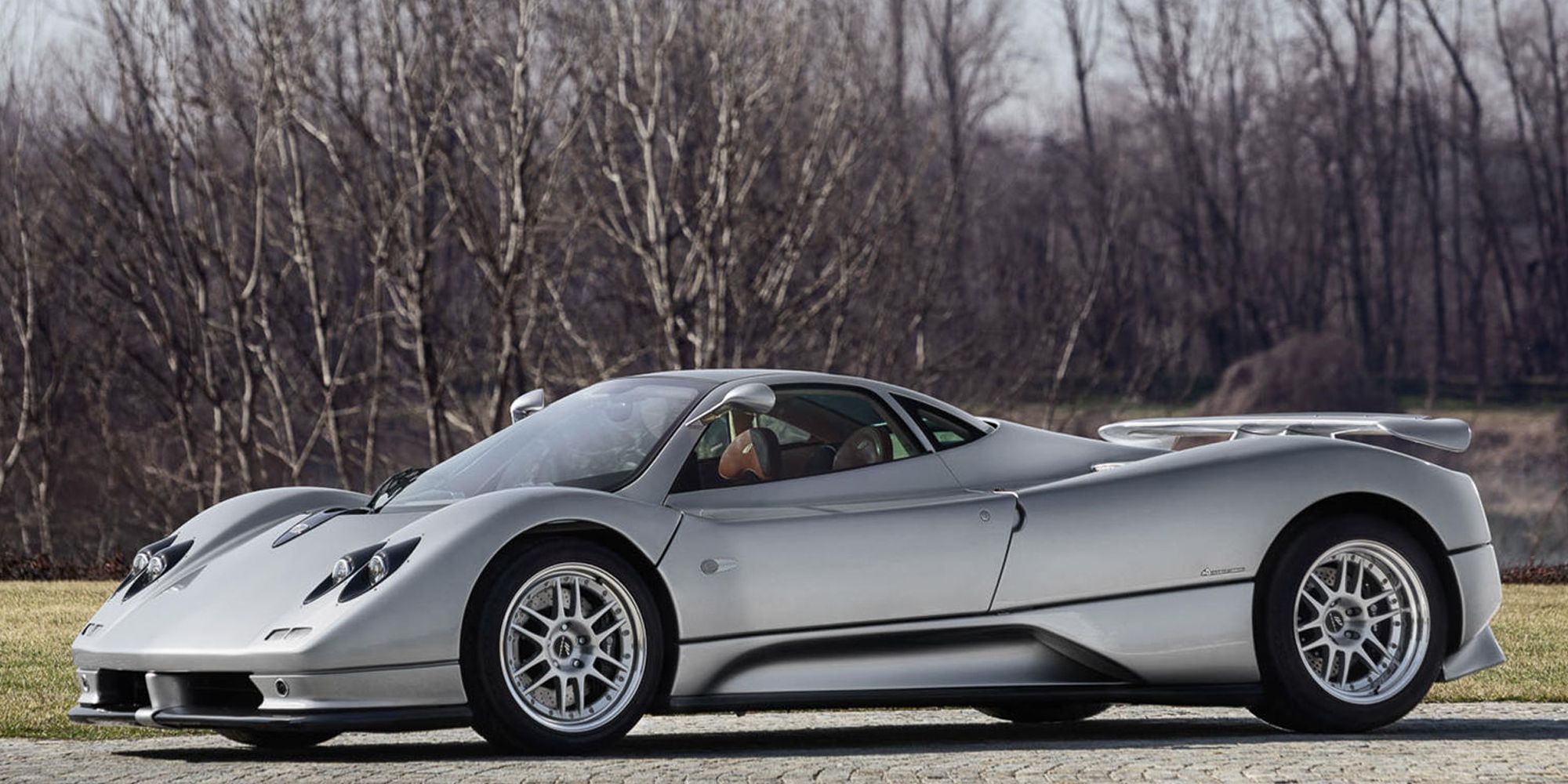It's not uncommon for a manufacturer to share one powertrain across different models. One of the best examples of that is McLaren's road cars, where every single model in their lineup has the exact same engines, with very minor tweaks. All manufacturers do this, and it has always seemed to work well.
What's not so common in the automotive industry is for two totally different cars from two different (though under the same ownership in some cases) to share a powertrain. However, such cars do exist. Here are some cars that you would never expect to share the same engine.
10 European Ford Focus ST & Volvo V50 T5
Before the Geely revolution of the 2010s, Volvo and Ford were both under the same roof and shared quite a few components as a result. These two are a perfect example of that.
Whereas one is a mid-performance practical station wagon, the other is an excellent hot hatchback with great handling and very good design. Not to mention, they both sound fantastic, and you don't have to go for one over the other based on where you are from. That's because the Volvo was available in the US, and they are pretty well-priced on the used market.
9 Toyota Camry & Lotus Evora
Back in the day, Lotus had the same problem as many of its British contemporaries; an absolutely horrid reliability record. To solve this problem, they decided to use Toyota powertrains in their cars.
Whereas the Elise got a Corolla motor, the range-topping Evora was saddled with the powertrain from... a Camry? Yes, the engine from possibly the world's most boring and conventional car found its way into a sports car. Seemed to work well for Lotus, as they are extracting over 400 hp from it nowadays.
8 Ford Crown Victoria & Koenigsegg CC8S
Who would have ever thought that the car kicked off one of the biggest hypercar brands out there using the same engine as everyone's favorite highway patrol machine?
Yep, back in the day when Koenigsegg was getting started, they couldn't develop their own engine. So, they borrowed the Modular V8 powertrain from Ford, and then gave it a supercharger allowing for 655 hp total. That might not sound like a lot, but wrapped up in the aerodynamic body, the CC8S could achieve over 240 mph.
7 Audi S8 (D3) & Lamborghini Gallardo
In the late 90s, the Volkswagen Group, or Audi specifically, took over cash-strapped Lamborghini. This meant that Audi could borrow some parts from Lambo's parts bin, and give some from their parts bin in return.
In the case of the S8 super sedan, this meant the engine. Well, technically it wasn't borrowing, because Audi did most of the engineering work anyway. So yes, if you have an S8 of this vintage, you can say that it has the engine from a Lamborghini, and you would be telling the truth. Not to mention, the S8 is a lot cheaper on the used market than the Gallardo.
6 Volvo XC90 & Noble M600
While it's not exactly a "flex" to borrow the engine in your supercar from an old Volvo SUV, it seemed to do the job quite well for British boutique manufacturer Noble.
For the M600, they took the overlooked and unknown B8444S V8 engine from Volvo, gave it two turbochargers, allowing the M600 to develop 650 hp (in the right engine setting, of course). This meant that, despite the engine being used to power a premium SUV and sedan at one point, allowed the Noble to reach a top speed of around 225 mph. Not bad.
5 Audi RS4 & Gumpert Apollo
Remember the Gumpert Apollo? That not particularly nice-looking supercar that was actually really, really fast? Well, it used the same engine as one of the most beloved Audis in the brand's history.
The 4.2 V8 was also used in the S4 of this vintage, as well as the R8, but in the Apollo, it had two turbochargers. The result of that was the consumer's choice between 650 and 800 hp. It was so fast and violent, it once set the fastest time on the Top Gear test track many years ago.
4 Mini Hatch & BMW I8
Alright, admittedly, a lot of people know this one. When the BMW i8 came out in 2014, it made headlines everywhere for a lot of reasons. One of those reasons was the powertrain; a 1.5-liter turbocharged three-banger, borrowed from the Mini, plus some electric motors. It allowed supercar performance with econobox fuel consumption and emissions.
Sadly, the i8 never quite hit the mark, leading to its demise earlier this year. Whereas the Mini lives on, the i8 will forever be remembered as a small dent in BMW's history. A small dent that was always marketed as a supercar, despite not being one in the slightest.
3 Ford Mondeo (Mk3) & Noble M400
Before the M600 was a thing, Noble was making small, simple, lightweight sports cars primarily intended for track use. So much intended for track use, that they had crank windows. The M400 was one of those sports cars, and it used a Duratec V6 engine from Ford.
Specifically, albeit with some small modifications, the engine was sourced from the third generation Mondeo sedan, once available in the United States as the Contour. The V6 variant was rare in its primary market of Europe, but it lived on in the Noble M400.
2 BMW 750i & McLaren F1
One of the most famous and valuable supercars of all time uses the engine from... a BMW luxury sedan from the 80s.
Of course, the engine in the F1 is heavily, heavily modified. It's bigger, for one thing, it makes more power, and it has various other enhancements that allowed it to hold the top speed record of 241 mph for years. These are worth millions upon millions nowadays, so you might wanna pick up a used 750i and tell people you have a McLaren F1-powered car.
1 Mercedes S600 & Pagani Zonda C12S
When Pagani first appeared back in the 90s, they sourced their engine from a rather unassuming Mercedes-Benz S600. In that application, the V12 was smooth like butter, while also providing decent thrust.
In the Zonda, however, it transformed into a screaming monster that allowed the Zonda to be heard wherever it goes. And if it wasn't heard, then it was definitely seen. The best part? With a few exhaust modifications, you can make a W140 S600 sound exactly like a Zonda. It just won't be anywhere near as fast.
Sharing engines across models and sometimes manufacturers is not uncommon. As well as saving some engineering resources, some totally unassuming engines can find a new lease of life in high-performance models. These pairs of cars are just some examples of that phenomenon.


